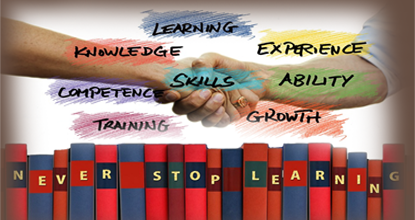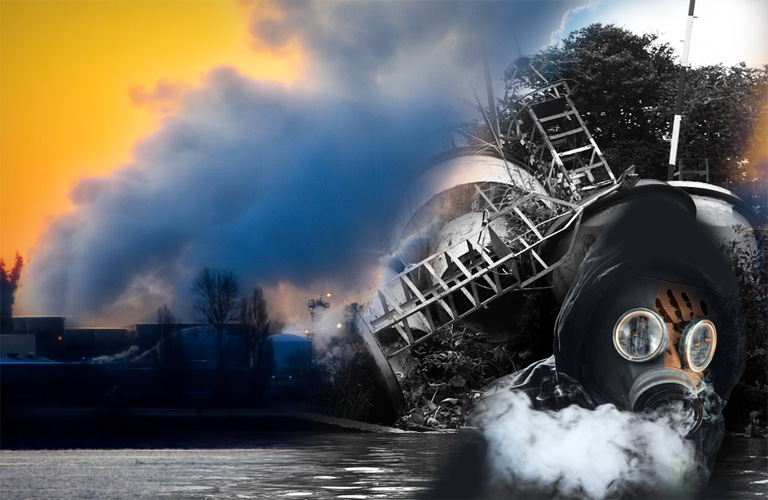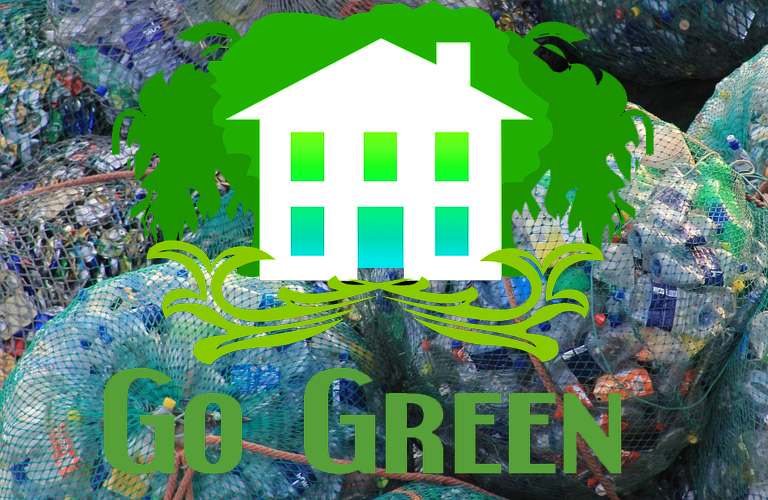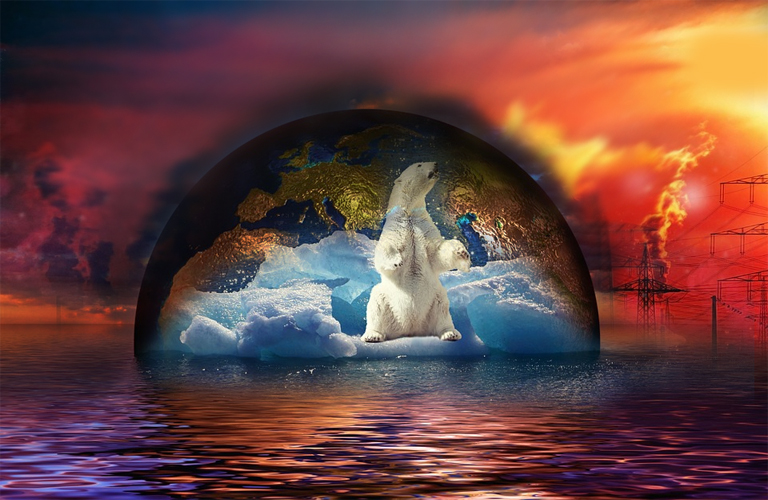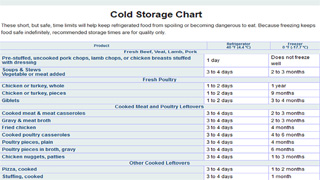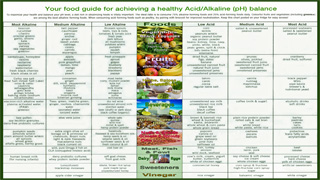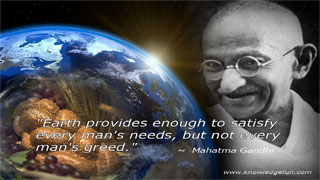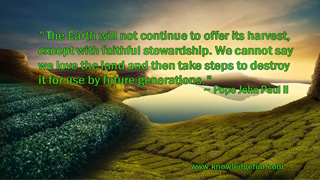Food Preparation
Always wash hands thoroughly with warm water and soap for at least 20 seconds before and after handling food.
Don't cross-contaminate. Keep raw meat, poultry, fish, and their juices away from other food.
Have separate cutting board for raw meats or wash used cutting board with hot, soapy water and sanitize. Also, after cutting raw meats, wash all utensils, and countertops with hot, soapy water.
Cutting boards, utensils, and countertops can be sanitized by using a solution of 1 tablespoon of unscented, liquid chlorine bleach in 1 gallon of water.
Marinate meat and poultry in a covered dish in the refrigerator.
Cooking Food
Cook all raw beef, pork, lamb and veal steaks, chops, and roasts to a minimum internal temperature of 145 °F (62.8 ºC) as measured with a food thermometer before removing meat from the heat source. For safety and quality, allow meat to rest for at least three minutes before carving or consuming. For reasons of personal preference, consumers may choose to cook meat to higher temperatures.
Ground meats: Cook all raw ground beef, pork, lamb, and veal to an internal temperature of 160 °F (71.1 ºC) as measured with a food thermometer.
Poultry: Cook all poultry to an internal temperature of 165 °F (73.9 °C) as measured with a food thermometer.
NOTE: Always store cooked or ready to eat food above raw food or in a separate refrigerator to prevent cross-contamination.
Leftovers
Discard any food left out at room temperature for more than 2 hours—1 hour if the temperature was above 90 °F (32.2 ºC).
Place food into shallow containers and immediately put in the refrigerator or freezer for rapid cooling.
Use cooked leftovers within 4 days.
Reheat leftovers to 165 °F (73.9 °C).
Microwave Tip: If you are not sure your utensils are microwave safe, do a little utensil safety test. Place the empty utensil into microwave oven alongside with 1 cup of water in a glass measure. Microwave on high for about 1 minute. If your dish remains cool, it's safe to microwave.
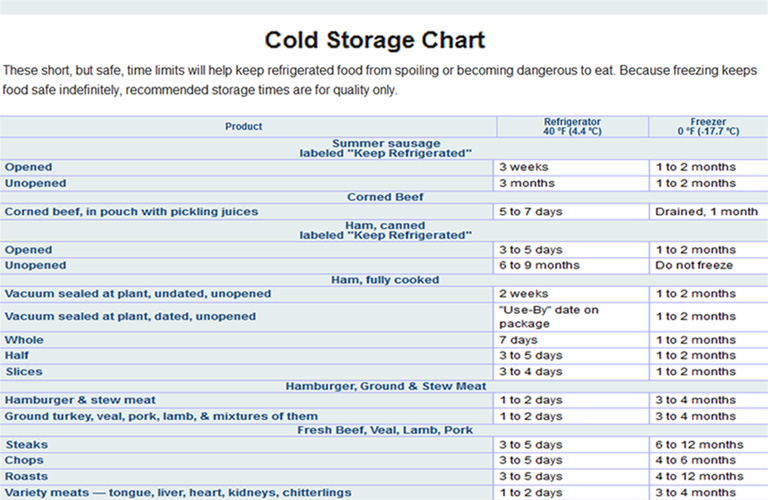
Thawing Methods:
Refrigerator: The refrigerator allows slow, safe thawing. Make sure thawing meat and poultry juices do not drip onto other food.
Cold Water: For faster thawing, place food in a leak-proof plastic bag. Submerge in cold tap water. Change the water every 30 minutes. Cook immediately after thawing.
Microwave: Cook meat and poultry immediately after microwave thawing.
Note: Meat and poultry defrosted in the refrigerator may be refrozen before or after cooking. If thawed by other methods, cook before refreezing.
Browse Pages:

